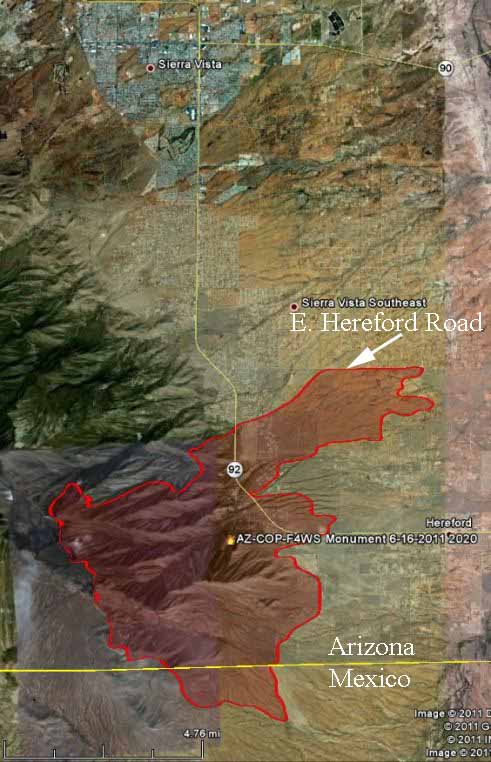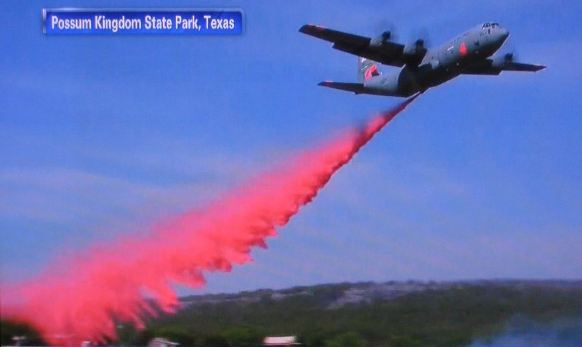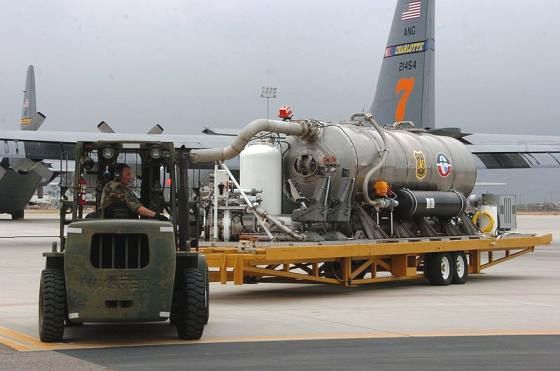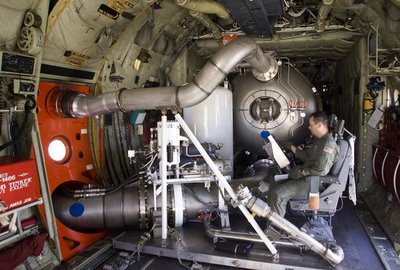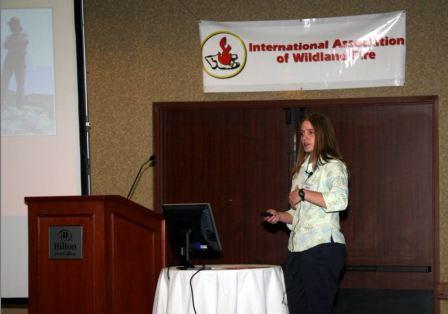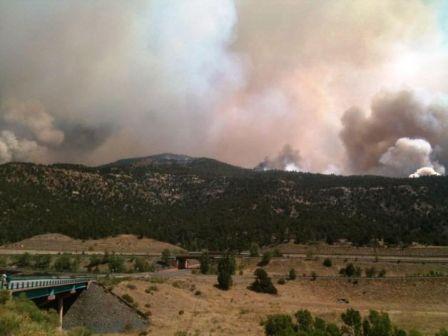
Chip Ward has written an opinion piece for CBSnews.com about the “monster” wildfires that have been turning large swaths of Texas and Arizona black over the last few months. From his home in Utah he does not really break much new ground, but he lays out the current situation in a style that makes it a worthwhile read.
Here is how the article begins:
Arizona is burning. Texas, too. New Mexico is next. If you need a grim reminder that an already arid West is burning up and blowing away, here it is. As I write this, more than 700 square miles of Arizona and more than 4,300 square miles of Texas have been swept by monster wildfires. Consider those massive columns of acrid smoke drifting eastward as a kind of smoke signal warning us that a globally warming world is not a matter of some future worst-case scenario. It’s happening right here, right now.
Air tankers have been dropping fire retardant on what is being called the Wallow fire in Arizona and firefighting crews have been mobilized from across the West, but the fire remained “zero contained” for most of last week and only 18% so early in the new week, too big to touch with mere human tools like hoses, shovels, saws, and bulldozers. Walls of flame 100 feet high rolled over the land like a tsunami from Hades. The heat from such a fire is so intense and immense that it can create small tornadoes of red embers that cannot be knocked down and smothered by water or chemicals. These are not your grandfather’s forest fires.
Thanks Dick






